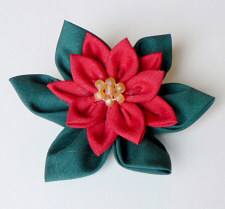
Before our inter-continental move, I pared down my wardrobe by about half, getting rid of anything worn out, badly fitting, or no longer my style. That’s left me with a very minimal wardrobe, and now I really need to replace some of the items I purged. Shopping catastrophe I went clothes shopping for the first […]






















